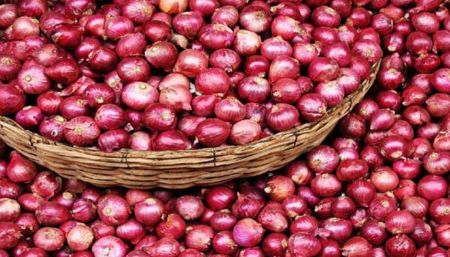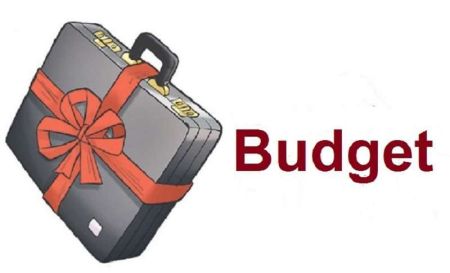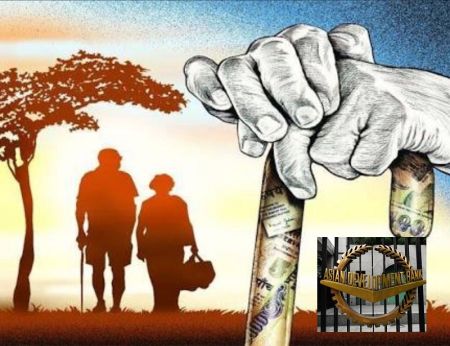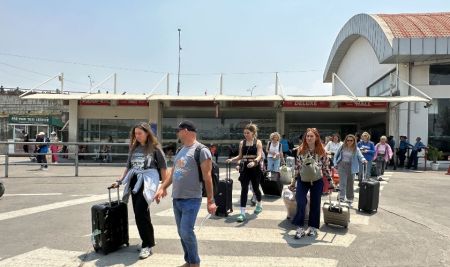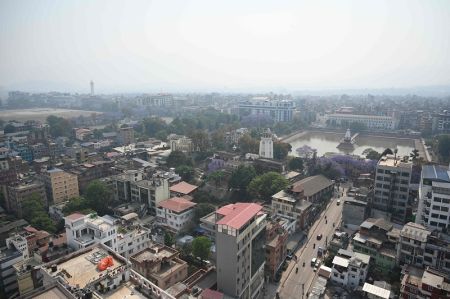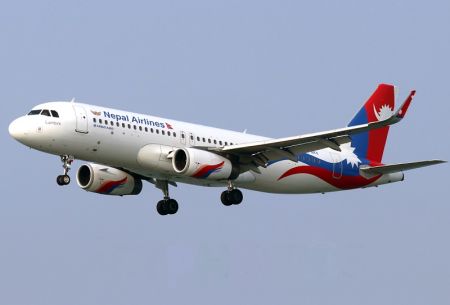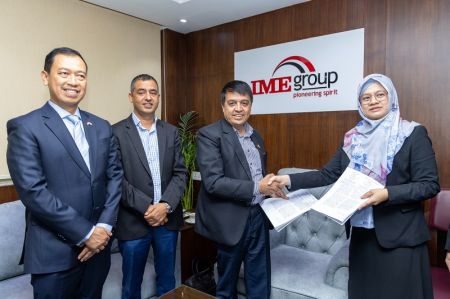.jpg)
Prolonged load shedding and low demand of Iron rods have made a significant impact upon the iron industry. Twele hours of daily load shedding in Nepal that reaches upto 18 hours during the dry winter season is affecting all the industries and the “Iron Rod industry” is no exception. However, it makes a more severe impact upon this industry as it requires more power to run its machines than any other industries do. Electricity generated by diesel generators and inverters is not capable of running the machines of this industry. Industrialists are complaining that frequent power cuts have reduced their productivity down to 50 percent.
Due to political turbulences, the government was unable to bring a full-fledged budget this year. As there is low or almost no government spending on the development of infrastructures, the demand for Iron rods is declining. Industrialists say that the rods are mostly sold to the household sector only. This amount of demand is not enough to generate profit for this industry. While in the period of 2004- 2008, this industry was booming, now it is riding towards a steep decline. Housing projects like that of Civil Homes aided to this growth in recent past. Many tall buildings and apartments were constructed during this period but the builders themselves are suffering losses because their apartments are not completely occupied. This has discouraged them to put in further investments into such projects. Together with this, sufficient investments came from the government for infrastructure development. However, the case is different right now as neither the builders are interested in housing projects now nor the government is showing any interest in infrastructure development.
.jpg)
“The constant interruptions from political parties did not allow the government to bring out a full-fledged budget this year,” said Pashupati Murarka, Vice President of Federation of Nepalese Chambers of Commerce and Industry (FNCCI), who himself is involved in the business of iron rods. According to him, the government did not pursue any development related projects this year and was busy in the power hunt process only. Had there been more projects for building bridges, roads and other infrastructures, the industry would not have to suffer setbacks. “While the major responsibility of the government was to focus upon developing power plant projects, their constant disputes is marring the iron and rod industry”, he says
Dhurba Kumar Shrestha, President of Nepal Steel Rolling Mills Association echoed the same voice. “The industrialists are frustrated from the frequent power cuts and in addition to this, lack of demand in the market is pushing the industry towards the edge”, he says.
.jpg)
Iron Rods are very important for construction. With the continuous development of technology and infrastructures, people are vying more and more for the construction of modern buildings. The traditional houses built by using stone and clay are being replaced by houses built out of bricks, cement, rods, steel etc. Particularly, the use of iron rod in construction has become compulsory now. This improves the durability of construction in modern days. With the growing competition in the market in recent years, the quality has also been changing progressively.
Quality wise, two types of iron rods, Thermex TMT rod and CTD bar (torsteel) are available in the market. Before 2059 BS, CTD bar rods were used widely. These days, TMT has taken over the market and it is considered to be of higher quality. TMT rods are new and modern and they are believed to be more rust free, flexible, strong, and earthquake resistant. The quality of the rods is measured in terms of grade. While TMT rod is of grade 500, CTD bar rods are graded 450 only.
Eight to thirty-two millimeter-sized rods are produced in Nepal. Of them, the eight mm rods are used by the household sector, 20 mm rods are used in housing construction projects, and 20 to 32 mm rods are used for mega construction projects such as dams, tunnels, bridges etc.
Jay Ram Lamichhane, President of Federation of Contractors’ Associations of Nepal (FCAN) said, “If the iron industry could run in full swing, it could meet domestic demand. But due to the prolonged power cuts, iron industries have not been running properly”. According to him, there is a net annual demand of 30,000 metric ton of iron rod in Nepal.
Out of 30 registered iron rod industries, only 14 are still functioning. In total, they produce 500, 000 metric tons yearly. According to some estimates, more than 70 percent is consumed by the household sector only. Iron rods are used mostly in the agricultural sector, manufacturing sector, transport and communications, hydro-electricity and construction.
Despite the inefficiencies from the government, it has still been giving priority to iron rod sector. It has been charging lower customs duty for the raw materials and higher custom tax on finished iron rod. This will discourage the import of iron rod and hence local industries are going to get priority.
“In comparison to the Iron Rod that is imported from outside the country, mainly China and India, Nepali rod is low in quality and costly too,” says Lamichhane. Imported rods can sometimes be cheaper than the domestically produced rods due to massive industrialization abroad. Despite high import duty on these rods, they are taking over the market and affecting the sales of domestic products. He said that if iron rod industries are given suitable conditions to grow, then they could produce enough to meet domestic demand, if not export.
Furthermore, Lamichhane adds that if Nepal was able to produce raw materials for the iron rods industry, this could be a booming factor. The mineral resource team at DMG is required to take steps towards this process. “We are importing raw materials from India, which is a loss to our country,” he added. If the government takes some initiative towards exploring raw material required for this industry, then the production could go uphill to produce quality rods enough to meet the domestic demand,” he says.
The raw materials required for the iron and steel industry, called the iron blade is imported from India. The major suppliers of such iron blade are Indian Steel Authority of India and Tata steel. Mostly there are two types of blades: prime blade and ingot blade. Iron rods made of ingot blades are considered safer and more durable.
Political instability and frequent power cuts are a major hurdle for Nepali industry and iron rod industry is suffering the worst. Besides that, donation collection campaign of political parties and their sister organizations, ever rising transportation costs, labour shortages are few of the other additional problems. With these issues already pending, the problem of produced goods not being sold is really making the industrialists have a second opinion about this industry.





